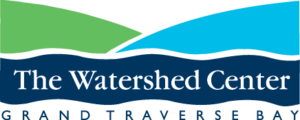Shoreline Erosion
Shoreline erosion impacts
Shorelines along the Great Lakes have been slowly moving inland, which is a natural, irreversible process. Although this land may not come back as permanent shoreline, loosely consolidated sand and stone beaches will reappear during lower water years. The process of erosion is similar in inland lakes; however, the variability in lake levels in inland lakes is generally less pronounced than the Great Lakes.
When shoreline property owners have building or infrastructure threatened by high water levels, they may consider armoring their shoreline with seawalls or riprap to protect their property. However, hardening shorelines may not be the best, long-term option as it causes erosion on adjacent properties, scours the lakebed, and disrupts natural sand movement. The installation of riprap and seawalls also removes nearshore and shoreline vegetation that is critical for healthy lakes. Numerous native animals, birds, insects, amphibians, fish, and reptiles depend on the plants and trees that live on the land and in the water along the shoreline. In particular, the nearshore area in Lake Michigan is a critically important ecological zone as it acts as a nursery to all fish species. Reducing habitat complexity by hardening shorelines and eliminating plants and trees negatively affects the quality of our lakes.
Addressing shoreline erosion
The Watershed Center focuses time and resources on better understanding shoreline erosion processes and ecologically functional erosion control concepts. We advocate for our local, state, and federal partners to research and demonstrate forward-thinking approaches to erosion that preserve natural shorelines. We work with coastal communities to implement resilient planning principles and strive to be a resource to property owners, developers, and local units of government as they plan shoreline projects and set coastal community visions.
Because of the immense ecological value of having a natural shoreline and nearshore area, The Watershed Center believes the best long-term solution to manage shoreline erosion is to build and/or move infrastructure away from the shoreline. If this is not possible and a revetment project is needed to protect structures or public infrastructure, we advocate for incorporating biodegradable elements and deep-rooted, native plants. For property owners with no structures or infrastructure in jeopardy, the best ecological solution is living with a bit of erosion during high water years and consolidated sand and rocks will return when water levels recede.
For inland lake shorelines that typically encounter less erosive energy than the Great Lakes, bioengineering practices that rely on deep-rooted, native plants and biodegradable materials such as coconut fiber logs are a great option for dealing with shoreline erosion. Because lakeshore habitat and physical lake complexity are major stressors for lakes in Michigan, it is critical that we preserve vegetation at the land-water interface.
Shoreline erosion in Grand Traverse Bay watershed?
Questions about shoreline erosion in the Grand Traverse Bay watershed can be directed to Grand Traverse Bay WATERKEEPER® Heather Smith at hsmith@gtbay.org or 231.935.1514 x3.
Resources
- Learn more about natural shoreline engineering principles and recommended native plants through the Michigan Natural Shoreline Partnership.
- Resilient Michigan is a multi-partner project that focuses on stretching community resilience in the face of increasing climate variability, which includes specific suggestions for coastal communities.
- Michigan Department of Environment, Great Lakes, and Energy’s Great Lakes High Water Levels and Inland Lakes High Water Levels websites contain useful information about permitting, safety, webinars, and more.
- Watch the Nature Change video Managing High Water: Restoring Natural Lakeshores.



 Donate
Donate